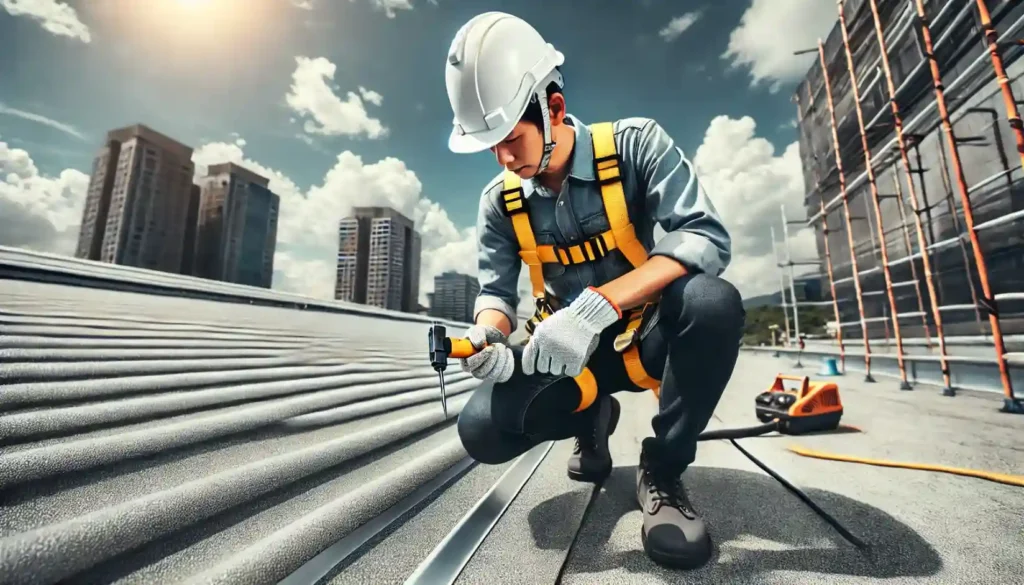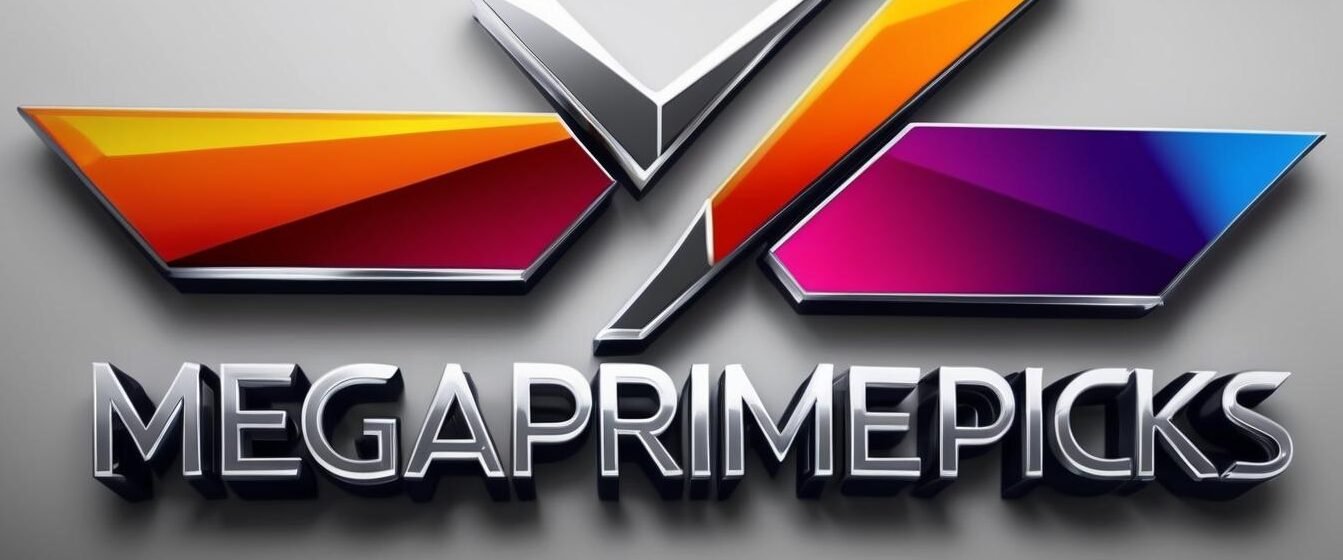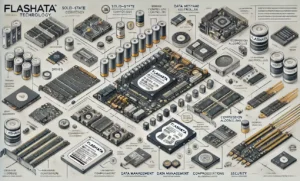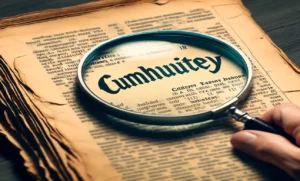Top Tips for Effective Commercial Roof Maintenance

Safeguarding your commercial property begins with giving top priority to your roof’s maintenance. As the primary defense against harsh weather conditions like rain, snow, heat, and wind, a well-maintained roof is essential. Maintaining your roof helps prevent costly repairs, extends your property’s lifespan, and keeps everyone inside safe. Below is a comprehensive guide to keeping your commercial roof in excellent condition throughout the year.
Why is Commercial Roof Maintenance Important?
A commercial roof is an essential component of your structure’s durability and protection. Ignoring roof maintenance can lead to costly complications and could endanger the well-being of occupants. Here’s why regular roof upkeep is imperative:
- Cost Savings: Routine maintenance allows you to identify minor issues early on, helping you sidestep expensive repairs down the line.
- Longevity: Consistent upkeep prolongs the life of your roof, thus protecting your investment.
- Safety: Any faults in the roof can lead to the opportunities for accidents.
- Business Continuity: Prevent interruptions that could disrupt your operations or dissuade customers.
Tip: A proactive maintenance plan is an investment in your building’s long-term value and stability.
Types of Commercial Roofs
Choosing the right type of roof is essential for effective maintenance and longevity. Every type of roof comes with its unique set of strengths, weaknesses, and maintenance requirements. Below is an overview of common commercial roof types:
| Roof Type | Description and Benefits |
| Flat Roof | Popular for commercial buildings due to easy access, but requires proper drainage to prevent water pooling. |
| Sloped Roof | Ideal for shedding water quickly; often used in regions with high rainfall. Made from metal, shingles, etc. |
| TPO (Thermoplastic Polyolefin) | Known for energy efficiency, TPO reflects UV rays, which keeps buildings cooler and reduces energy costs. |
| Built-up Roofing (BUR) | Composed of multiple layers, BUR provides strong insulation and is durable in extreme weather. |
| EPDM (Ethylene Propylene Diene Monomer) | A sturdy and economical rubber roofing choice that can withstand different weather conditions with ease. |
Choosing the Right Roof Type
If you’re considering a new roof, consult a roofing professional to determine which material will offer the best performance based on your location and building needs.
Key Maintenance Tips for Your Commercial Roof
1. Regular Inspections
Regular inspections are vital for keeping your commercial roof in good shape and ensuring its durability over time. By checking your roof consistently, you can identify potential issues early and avoid expensive repairs.
Why Inspections Matter
- Catch Issues Early: Prevent small problems from becoming larger, costlier issues.
- Document Wear and Tear: A record of inspections can help track your roof’s condition over time.
Inspection Checklist
- Seams and Flashings: Check for signs of wear or gaps.
- Leaks and Pooling Water: Standing water is often an indicator of drainage problems.
- Gutters and Downspouts: Clear them of debris to prevent water buildup.
- Fixtures: Ensure HVAC units and other rooftop equipment are secure and not damaging the roof.
Inspection Frequency
It’s a good idea to have your roof inspected at least two times a year, usually during the spring and fall seasons. Additionally, consider an inspection after major storms or extreme weather.
2. Cleaning and Debris Removal
Maintaining a clean roof is vital for its long-term durability and health. Debris can accumulate and cause various issues, including damage to roofing material, water pooling, and strain on your drainage system.
Cleaning Essentials
- Large Debris: Remove branches, leaves, and other large items using a rake or broom.
- Gutter Cleaning: Regularly clear out gutters and downspouts to prevent clogs.
- Using a Blower: A leaf blower can help remove smaller debris without damaging the roof surface.
Safety Tips
- Be sure to wear slip-resistant shoes and, if available, use a harness for added safety measures.
- Don’t step on the roof unless it is absolutely necessary, and if you do, use long-handled tools to do so.
Seasonal Cleaning
Adjust your cleaning frequency based on seasonal changes, especially in areas with falling leaves or pollen accumulation. Make sure to clear out your gutters and drains every three months to prevent any blockages and keep water flowing smoothly.
3. Identifying and Repairing Minor Damage
Small damages might appear insignificant at first, but neglecting them could result in larger and costlier repairs in the future. By identifying these issues early, you can keep your roof in good condition without major expense.
Common Signs of Minor Damage
- Cracks and Blisters: Often caused by sun exposure or heavy winds.
- Loose Seams: Especially common around skylights, vents, and flashing areas.
- Ponding Water: Flat roofs, in particular, are susceptible to water pooling.
Quick Repair Solutions
- Fill in small cracks with roofing tape and caulking.
- Tighten loose seams to prevent water infiltration.
Professional Assistance
While small repairs can sometimes be handled in-house, larger issues should be addressed by a professional roofing contractor.
Ensuring Proper Drainage
Without proper drainage, even the sturdiest roof can suffer from water-related damage. Accumulated water adds weight, which can lead to sagging or structural strain over time.
Drainage Tips
- Gutters and Downspouts: Make sure to keep your gutters and downspouts free of debris and clear to allow proper water flow.
- Install Additional Drains: For roofs that struggle with pooling water, consider adding extra drainage systems like scuppers or internal drains.
- Smooth Uneven Surfaces: Address any surface irregularities that could cause water buildup.
Benefits of Good Drainage
- Reduces strain on roofing materials.
- Prevents mold growth and water-related deterioration.
- Helps maintain roof warranty requirements, as many warranties stipulate proper drainage.
Professional Roofing Services
Hiring professional roofing services is highly recommended for both regular maintenance and complex repairs. Professionals bring experience, proper tools, and the ability to spot issues that non-experts might miss.
Advantages of Professional Services
- Expertise: Technicians have the training to handle specific roof types and recognize problems early.
- High-Quality Materials: Professionals use materials and methods that are often beyond the reach of DIY repair.
- Safety: Engaging in roof inspections and repairs can pose risks without proper training and the necessary equipment.
Tips for Choosing a Roofing Professional
- Look for licensed and insured contractors.
- Check reviews and ask for referrals.
- Ensure they offer warranties on their work.
Long-Term Benefit
A good contractor relationship ensures consistency in maintenance and trusted advice on necessary repairs or replacements.
Long-Term Protection: Coatings, Sealants, and Waterproofing
To extend your roof’s life, consider adding extra layers of protection such as coatings, sealants, and waterproofing solutions.
| Protection Type | Benefits |
| Roof Coatings | Reflects sunlight, reducing energy costs and UV damage. |
| Sealants | Fills gaps and seals cracks, preventing leaks and enhancing water resistance. |
| Waterproofing | Protects against water infiltration, extending the life of the roof in wet climates. |
Applying Protective Solutions
- Apply coatings and sealants as part of a regular maintenance schedule.
- Use only materials compatible with your roof type.
- Seek advice from experts to guarantee the correct application of the product or process.
Cost Savings
While coatings and waterproofing may have an upfront cost, they reduce long-term repair needs and keep energy costs down by improving insulation.
Budgeting for Repairs and Replacement
Establishing a budget for roof upkeep is essential for business owners to steer clear of unforeseen costs and financial surprises. Proper financial planning ensures you’re prepared for repairs or replacements as needed.
Budgeting Tips
- Assess Roof Age: Older roofs are more likely to need repairs or replacement.
- Create a Maintenance Fund: Designate funds for routine assessments and small scale replacements.
- Track Expenses: Maintain a record of all roofing-related expenses to forecast future budgeting needs.
Maintenance vs. Replacement
While maintenance costs are generally predictable, replacements require more planning. Experts recommend setting aside a percentage of your budget each year, with the total cost accumulating as the roof ages.
Benefits of Consistent Roof Maintenance
Routine maintenance has various advantages apart from just avoiding repairs. Here’s how a consistent roof maintenance plan can benefit your business:
- Prevents Unexpected Expenses: Regular care reduces the likelihood of surprise repair costs.
- Enhances Energy Efficiency: A clean, well-maintained roof contributes to better insulation, which can lower heating and cooling expenses.
- Increases Property Value: Keeping your roof in top condition enhances the overall attractiveness of your property and increases its value on the market.
- Minimizes Business Disruption: Keeping your roof in good shape avoids downtime due to repair needs.
- Supports Sustainability: Prolonging the life of your roof means fewer materials used over time.
Maintaining your roof is one of the best ways to protect your building and investment.
Frequently Asked Questions (FAQs)
How often should I inspect my commercial roof?
Aim for twice a year—before and after winter—and more often if your area experiences extreme weather.
Can I perform inspections myself?
You can do basic checks, but it’s advisable to bring in a professional for detailed inspections and any necessary repairs to ensure your roof is in top-notch condition.
What are signs my roof needs repair?
Keep an eye out for cracks, leaks, or water stains on your walls or ceilings as they could be signs of potential roof issues that need attention.
How can I extend my roof’s lifespan?
Regular cleaning, sealing, and inspections can help extend your roof’s life and performance.
Is a warranty necessary for my roof?
Yes, a warranty offers protection from unforeseen damages and faults, granting you peace of mind in the process.
When should I consider a new roof?
Commercial roofs typically last 15-25 years. If you experience frequent leaks or structural damage, it may be time to replace the roof.
Conclusion: Investing in Long-Term Protection
Commercial roof maintenance isn’t just about checking off a to-do list—it’s an investment in your property’s future. By dedicating time and resources to proper roof care, you’re actively protecting your property and the people who rely on it. From regular inspections and cleaning to professional help and budgeting, maintaining a commercial roof offers long-lasting benefits, ensuring peace of mind, business continuity, and property value.






